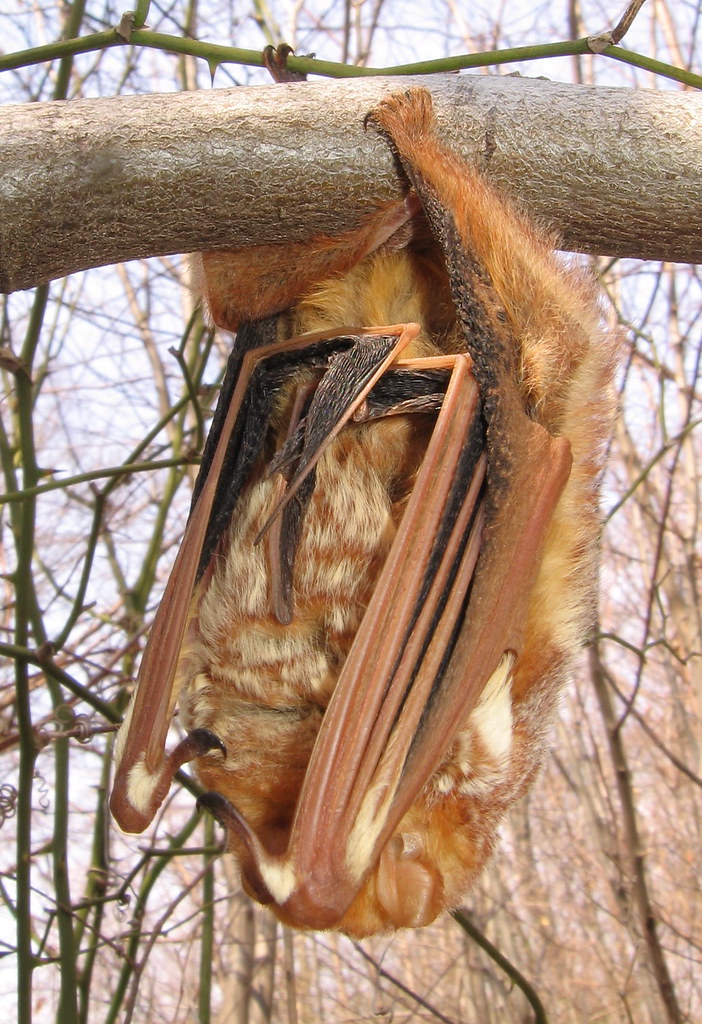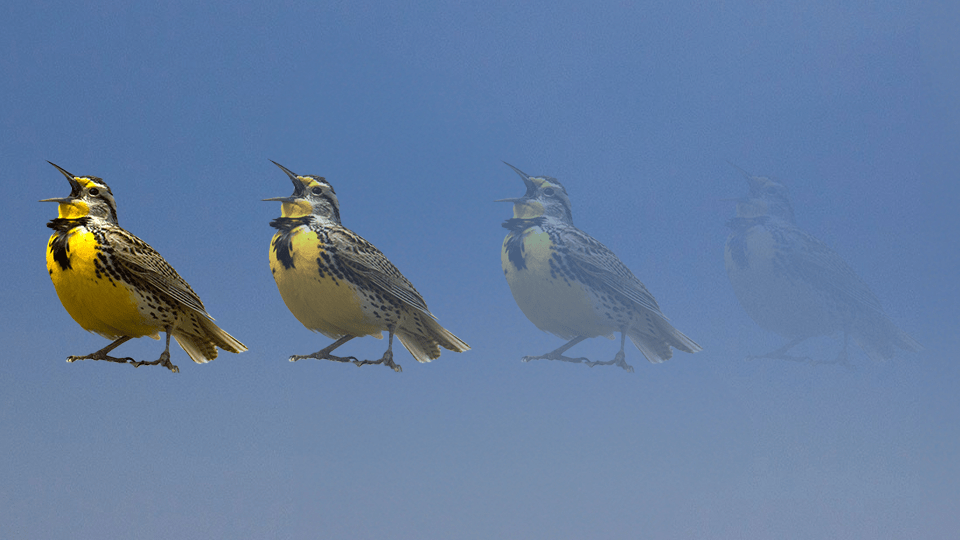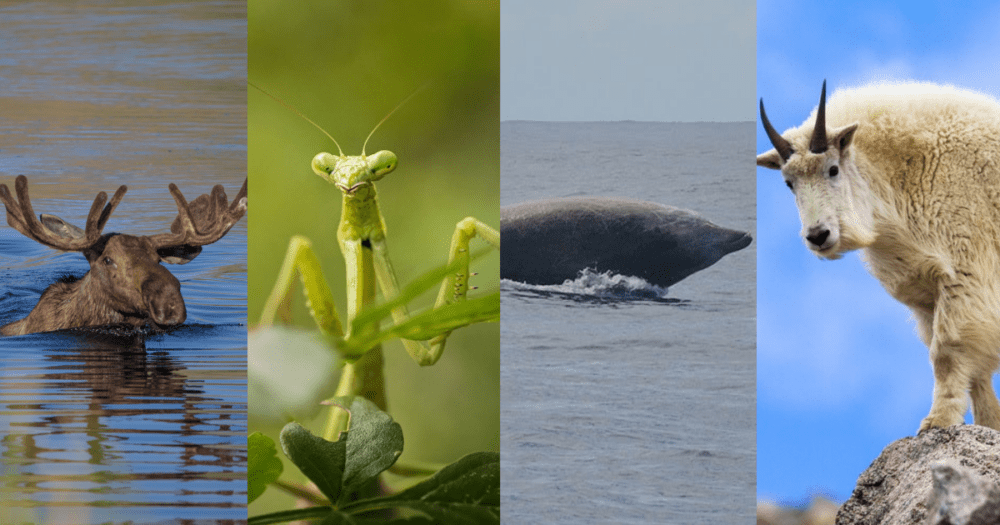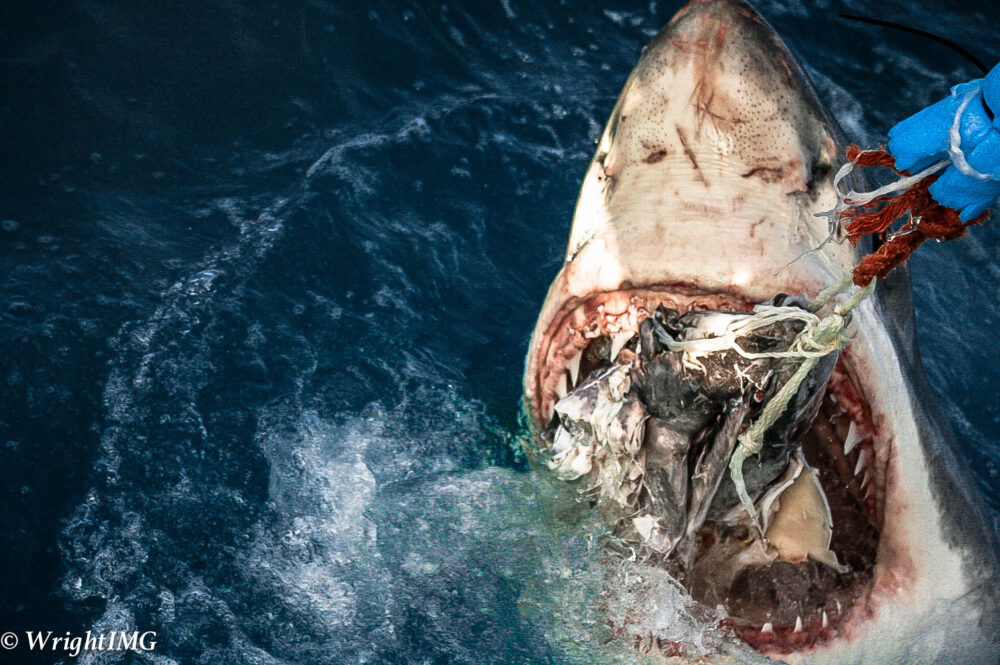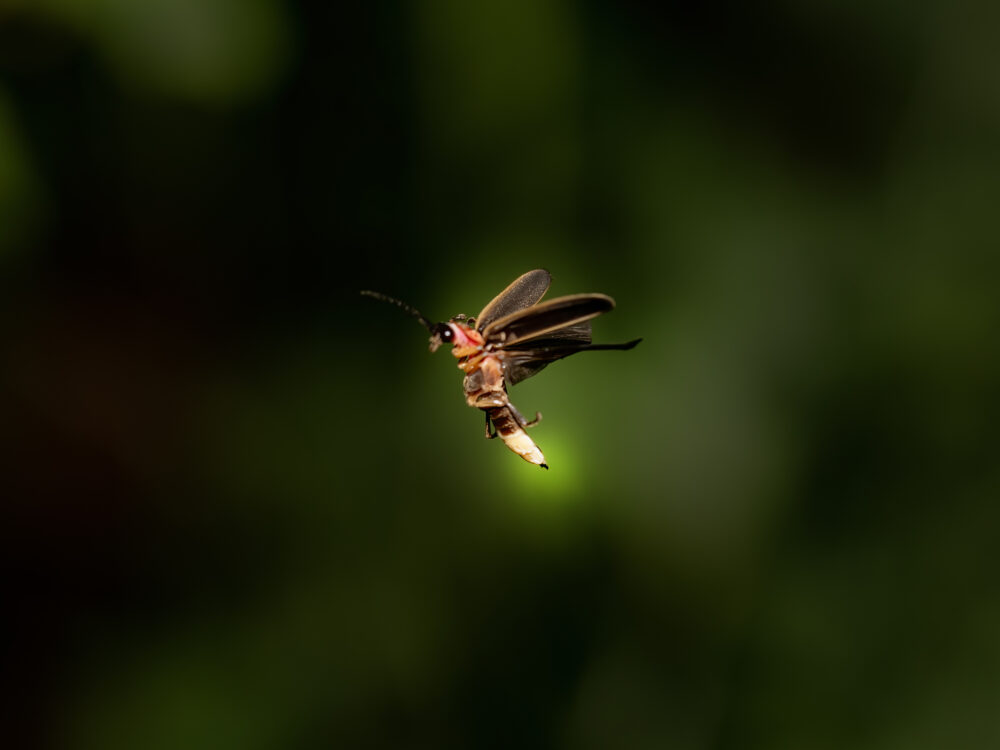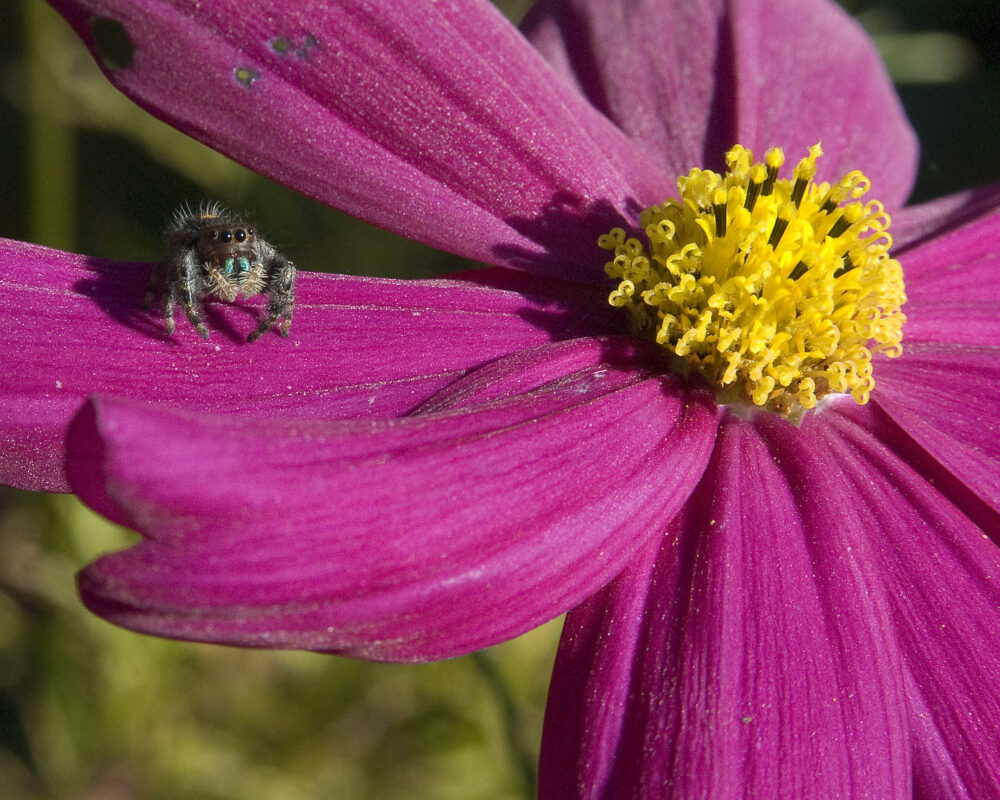We have much more to do and your continued support is needed now more than ever.
Rise in Dolphin Deaths Continues As Sea Turtles Strandings Also Spike

The National Oceanic and Atmospheric Administration (NOAA) has updated its website on the ongoing dolphin deaths in the Gulf of Mexico – and the news isn’t good.
“They are up to 145 stranded dolphins and 62 of those are babies. That’s up from 134 last week, with 59 babies,” reports Dr. Doug Inkley, the National Wildlife Federation’s senior scientist. “Because they aren’t releasing specific information about the individual animals found, it is a little hard to tell, but I can’t see any sign that there is a decline in this unusually high number of total dolphin mortalities, although the proportion that are babies seems to be on the decline.”
Dr. Inkley says that so far in 2011, the dolphin death toll is at least 5 times higher than average.
The ongoing dolphin deaths aren’t the only concern for wildlife lovers right now. Reports say there’s now also a spike in the deaths of endangered sea turtles:
Since March 15, she noted, 39 deaths were confirmed in Mississippi, 4 in Alabama and 3 in Louisiana.
“The spring time is the typical time when turtle strandings in this region begin to increase,” Barclay added, “but the sharp increases in recent days are of concern.”

According to Dr. Inkley, endangered sea turtle stranding rates in March were 7 times higher than normal.
Only a fraction of marine life that dies of any cause will ever wash up on shore. But according to a new study, the number of dead dolphins and turtles that sink to the bottom of the ocean could be far higher than previously thought:
After analyzing historical data on populations and death rates of 14 species in the northern Gulf, the scientists determined that carcasses are found in only 2% of cetacean deaths.
“Thus, the true death toll could be 50 times the number of carcasses recovered, given no additional information,” they write, adding that they don’t know what the true figure is.
We’re still waiting to hear back on test results to see what might have killed these dolphins and turtles. Right now, scientists say the top suspects are:
- Unusually cold water in January & February
- Contamination from oil, dispersants, or both
Over the long run, the best thing we can do to help the Gulf’s wildlife survive is to commit to giving them a healthy place to live, feed, and raise their young.
Speak Up for Dolphins and Sea Turtles
Please take a moment right now to ask your members of Congress to pass oil disaster response legislation that devotes fines and penalties to coastal wetlands restoration.
Learn more about the National Wildlife Federation’s response to the Gulf oil disaster at NWF.org/OilSpill.















